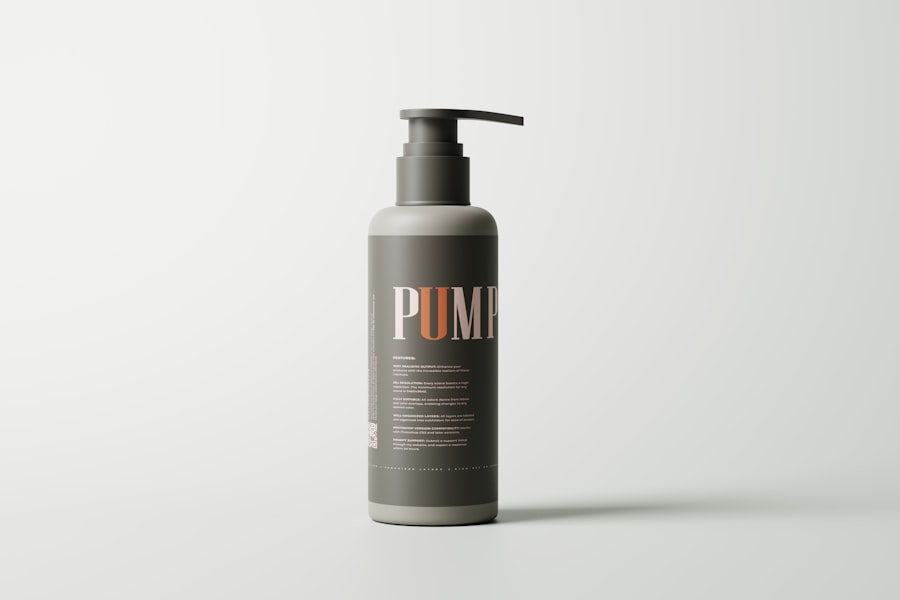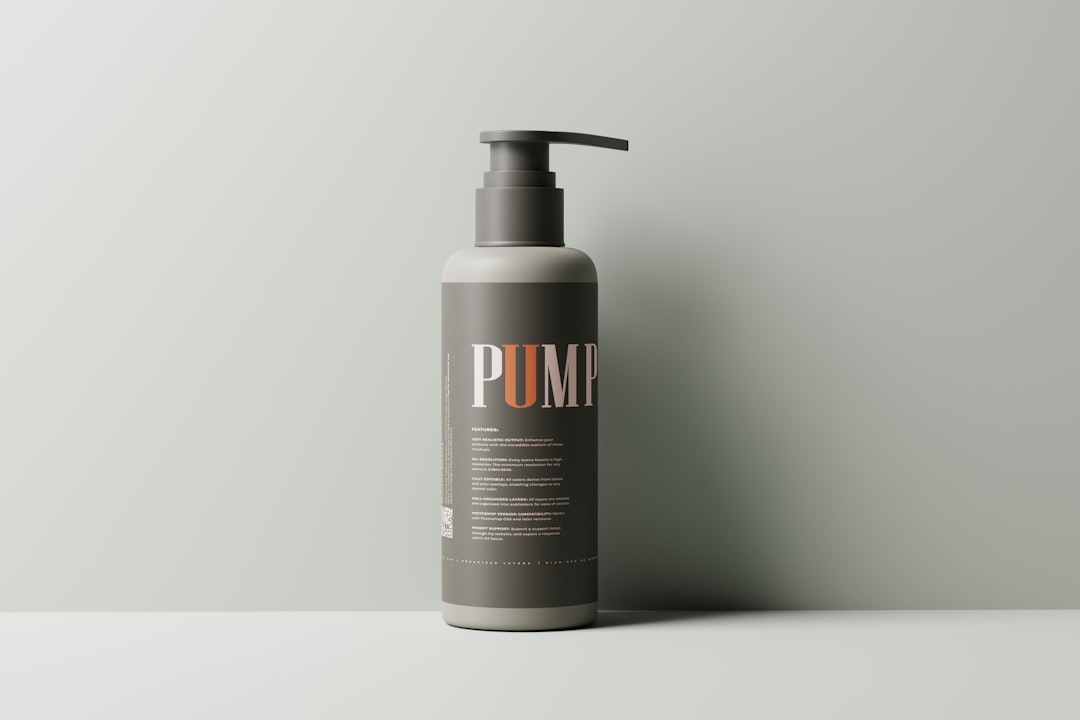When you decide to undergo laser hair removal, it’s essential to grasp the intricacies of the process. This advanced technique utilizes concentrated beams of light to target and destroy hair follicles, effectively reducing hair growth over time. The laser emits a specific wavelength that is absorbed by the pigment in the hair, which means that the treatment is most effective on individuals with darker hair and lighter skin.
However, advancements in technology have made it possible for people with various skin tones to benefit from this procedure. As you prepare for your sessions, understanding how the laser interacts with your skin and hair can help set realistic expectations for the results. The procedure itself typically involves a consultation where a trained professional assesses your skin type and hair characteristics.
During the actual treatment, you may feel a sensation similar to a rubber band snapping against your skin, but many clinics offer cooling devices or topical anesthetics to minimize discomfort. Each session usually lasts between 15 minutes to an hour, depending on the area being treated. It’s important to note that multiple sessions are often required to achieve optimal results, as hair grows in different cycles.
By familiarizing yourself with the laser hair removal process, you can approach your treatments with confidence and clarity.
Key Takeaways
- Laser hair removal targets hair follicles with concentrated light energy to inhibit future hair growth
- Following aftercare instructions is crucial for preventing infections and ensuring optimal results
- Proper aftercare can help minimize discomfort, redness, and swelling after the treatment
- Long-term results can be maintained by protecting the skin from sun damage and promoting healing and regeneration
- Choosing the right aftercare products and practices can significantly impact the outcome of the laser hair removal process
Importance of Following Aftercare Instructions
After undergoing laser hair removal, adhering to aftercare instructions is crucial for ensuring the best possible outcome. Your skin will be sensitive post-treatment, and following the guidelines provided by your practitioner can significantly reduce the risk of complications. These instructions often include avoiding sun exposure, refraining from hot showers or baths, and steering clear of harsh skincare products for a few days.
By taking these precautions, you allow your skin to heal properly and minimize any potential irritation. Moreover, following aftercare instructions can enhance the effectiveness of the treatment. For instance, if you’re advised to avoid plucking or waxing between sessions, it’s vital to comply.
These practices can disrupt the hair growth cycle and interfere with the laser’s ability to target follicles effectively. By respecting the aftercare regimen, you not only protect your skin but also maximize the benefits of your investment in laser hair removal.
Preventing Infections and Complications

One of the primary concerns following laser hair removal is the risk of infections and complications. Your skin may be more vulnerable after treatment, making it essential to take proactive measures to safeguard against these issues. Keeping the treated area clean is paramount; gently washing it with mild soap and water can help prevent bacteria from entering any open pores.
Additionally, avoiding tight clothing that may rub against the skin can further reduce irritation and potential infection. It’s also wise to monitor your skin for any unusual changes after treatment. If you notice excessive redness, swelling, or any signs of infection such as pus or increased pain, it’s crucial to contact your practitioner immediately.
Early intervention can prevent minor issues from escalating into more significant complications. By being vigilant and proactive about your skin’s health, you can enjoy a smoother recovery and better results from your laser hair removal sessions.
Minimizing Discomfort and Side Effects
| Technique | Effectiveness | Side Effects |
|---|---|---|
| Proper Injection Technique | High | Minimal pain and bruising |
| Use of Topical Anesthetics | Moderate | Temporary skin numbness |
| Cooling Devices | Low | Temporary redness and swelling |
While many people tolerate laser hair removal well, some may experience discomfort or side effects during and after the procedure. To minimize these sensations, consider discussing pain management options with your practitioner before your session. Many clinics offer cooling devices or topical anesthetics that can significantly reduce discomfort during treatment.
Additionally, scheduling your sessions during times when you are less stressed or fatigued can also help you manage any anxiety related to the procedure. Post-treatment care plays a vital role in minimizing side effects as well. Applying soothing creams or gels recommended by your practitioner can alleviate redness and swelling.
Furthermore, staying hydrated and maintaining a healthy diet can support your body’s healing process. By taking these steps, you can enhance your comfort level during recovery and ensure that any side effects are kept to a minimum.
Maintaining Long-Term Results
Achieving long-term results from laser hair removal requires commitment beyond just attending your scheduled sessions. After completing your treatment plan, it’s essential to maintain a consistent skincare routine that supports healthy skin. This includes moisturizing regularly and using gentle cleansers that won’t irritate the treated areas.
Additionally, some individuals may benefit from periodic maintenance sessions to keep unwanted hair at bay, especially if they notice any regrowth over time. Another critical aspect of maintaining long-term results is being mindful of hormonal changes that can affect hair growth. Factors such as pregnancy, hormonal imbalances, or certain medical conditions can lead to new hair growth in previously treated areas.
Staying informed about these changes and consulting with your practitioner if you notice any significant regrowth can help you address these issues promptly and effectively.
Protecting the Skin from Sun Damage

One of the most important aspects of post-laser hair removal care is protecting your skin from sun damage.
Opt for a broad-spectrum sunscreen with an SPF of at least 30, and reapply it every two hours if you’re spending extended periods outdoors.
Wearing protective clothing and seeking shade during peak sun hours can further shield your skin from harmful rays. In addition to sunscreen, consider incorporating antioxidants into your skincare routine. Products containing vitamin C or E can help combat oxidative stress caused by sun exposure and promote overall skin health.
By prioritizing sun protection after laser hair removal, you not only safeguard your investment but also contribute to the long-term health and appearance of your skin.
Promoting Healing and Skin Regeneration
Promoting healing and skin regeneration after laser hair removal is essential for achieving optimal results. Your skin has undergone a procedure that requires time to recover fully, so incorporating practices that support healing is beneficial. Staying hydrated is one of the simplest yet most effective ways to promote skin regeneration; drinking plenty of water helps maintain elasticity and overall skin health.
Additionally, consider using products rich in hyaluronic acid or aloe vera, which are known for their hydrating and soothing properties. These ingredients can help calm inflammation and support the healing process. Regularly moisturizing the treated area will not only keep your skin comfortable but also encourage regeneration by providing essential nutrients needed for recovery.
Choosing the Right Aftercare Products and Practices
Selecting appropriate aftercare products is vital for ensuring a smooth recovery following laser hair removal. Look for gentle formulations that are free from harsh chemicals or fragrances that could irritate sensitive skin. Products designed specifically for post-laser care often contain soothing ingredients like chamomile or calendula that can help calm redness and inflammation.
In addition to topical products, consider adopting practices that promote overall skin health. For instance, avoid exfoliating scrubs or treatments for at least a week after your session to prevent irritation. Instead, focus on nourishing your skin with hydrating masks or serums that support its recovery process.
By choosing the right products and practices tailored to your skin’s needs, you can enhance your post-treatment experience and enjoy lasting results from your laser hair removal journey. In conclusion, understanding the laser hair removal process and committing to proper aftercare are essential components of achieving successful outcomes. By prioritizing skin health through protective measures against sun damage, promoting healing, and selecting suitable aftercare products, you set yourself up for long-term satisfaction with your results.
Embrace this journey with knowledge and care, ensuring that each step contributes positively to your overall experience with laser hair removal.
After undergoing laser hair removal treatment, it is crucial to follow proper aftercare instructions to ensure optimal results and minimize potential side effects. According to a related article on com/sample-page/’>In Laser Hair Removal, post-treatment care plays a significant role in the success of the procedure.
Proper aftercare can help reduce the risk of complications such as skin irritation, redness, and blistering. By following the recommended guidelines for aftercare, individuals can maintain smooth and hair-free skin for an extended period.
FAQs
What is laser hair removal aftercare?
Laser hair removal aftercare refers to the steps and precautions that should be taken after undergoing a laser hair removal treatment. This includes protecting the skin from sun exposure, avoiding certain skincare products, and following specific instructions provided by the treatment provider.
Why is laser hair removal aftercare important?
Laser hair removal aftercare is important to ensure the best results and to minimize the risk of complications. Proper aftercare can help reduce the chances of skin irritation, hyperpigmentation, and other adverse reactions. It also helps to maintain the effectiveness of the treatment.
What are some common aftercare instructions for laser hair removal?
Common aftercare instructions for laser hair removal may include avoiding sun exposure, using sunscreen, avoiding hot showers and saunas, refraining from using certain skincare products, and keeping the treated area clean and moisturized.
How long does laser hair removal aftercare last?
Laser hair removal aftercare typically lasts for a few weeks to a month, depending on the individual’s skin type and the specific instructions provided by the treatment provider. It is important to follow the aftercare instructions until the skin has fully recovered from the treatment.
What are the potential risks of not following laser hair removal aftercare?
Not following laser hair removal aftercare instructions can increase the risk of skin irritation, burns, hyperpigmentation, and other adverse reactions. It can also reduce the effectiveness of the treatment and lead to suboptimal results.






